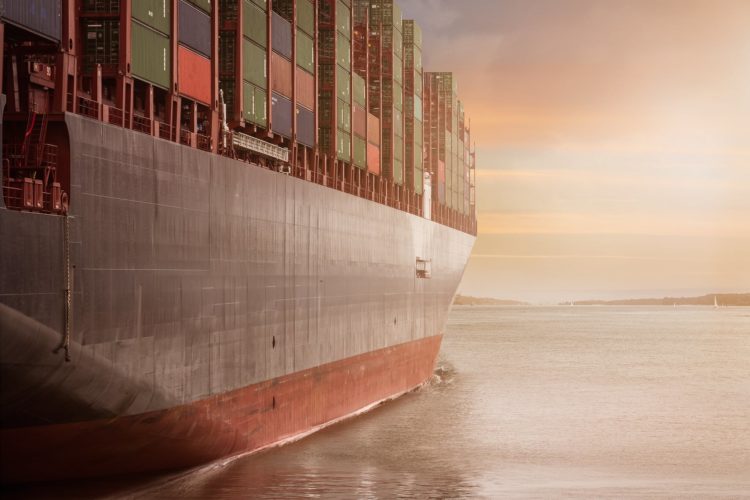Back in March 2020, the world woke up to the reality of a pandemic: we ran out of toilet paper!
In the US toilet paper sales increased 213% in the week ending 14 March 2020, compared to the same period in 2019. The last time that happened (in the US) was in 1973 (click here to know more).
The point of all this is that the supply chain is more delicate than we think.
It feels like déjà vu.
The pandemic will continue to impact global and regional supply chains through 2022 due to factory shutdowns, transportation constraints, demand fluctuations, and supply constraints. These challenges place pressure on manufacturing, inventory availability, and last-mile delivery, resulting in increased technology investment in visibility and order management.
The impact is being felt across both manufacturers and retailers, with IDC’s 2021 Global Retail survey revealing that the supply chain is among the top three areas of concern for Asia/Pacific (AP) retailers.
Sustainability is a rising requirement across the supply chain, which will have implications for traceability, accountability, and financial results, as well as ecosystem collaboration and the development of new sustainable business models.

"Supply chains have been front and centre in 2021 and will continue to do so in 2022 and beyond as companies see opportunities to collaborate to develop opportunities and build in resiliency," said Stephanie Krishnan, associate vice president, Manufacturing and Energy Insights at IDC.
She opined that those disruptions are not going away, and organizations will need to continue to respond to economic, financial, environmental, or political changes.
“In addition to this, customer requirements are also changing as they have adapted to eCommerce and the opportunities for customization and personalization, which will place further pressure on supply chains. Being agile and flexible is a requirement for resiliency as we face continually changing requirements," she added.
IDC's top 10 supply chain predictions
Prediction 1: Supply chain resilience: By the end of 2022, half of all manufacturing supply chains will see the benefits of supply chain resiliency, resulting in a 10% reduction in disruption impact.
Prediction 2: AI forecasting: By 2024, 40% of APeJ-based supply chain forecasts will be automated through the use of artificial intelligence, improving accuracy by 5 percentage points.
Prediction 3: Sustainability: By 2025, to improve long-term supply chain profitability, 60% of manufacturers in global supply chains will invest in software tools to support sustainability and circular economy business models.
Prediction 4: Direct procurement: By 2026, 30% of all direct procurement transactions will be based upon capacity availability instead of units or volume.
Prediction 5: Parts control tower: Resulting from pressure to improve service, by 2026, 20% of APeJ-based OEMs will establish a service parts control tower approach increasing first-time fix by 10% and shrinking spares inventory by 5%.
Prediction 6: Talent/workers: By the end of 2023, chronic worker shortages will prompt 60% of APeJ-based supply chain organizations to prioritize automation investments resulting in productivity improvements of 20%.
Prediction 7: Order management: To improve delivery speed, agility, and visibility for B2B and B2C customers, 35% of manufacturers will invest in order management software by 2025, resulting in a 30% improvement in OTIF fulfilment.
Prediction 8: Last mile: By 2025, 50% of APeJ-based organizations will invest in supply chain systems to increase information and inventory velocity to improve last-mile delivery efficiency and boost customer experience.
Prediction 9: Geo-Diversification: By 2026, as part of long-term resiliency planning, 40% of APeJ-based logistics companies will have geo-diversified their manufacturing hubs and suppliers to supplement current supply chain operations.
Prediction 10: SC cloud: By 2024, the adoption of cloud in the supply chain will grow by 25 percentage points driven in part by the spectre of cyberthreats.





